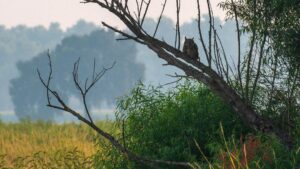
Today’s post is another three-fer offering that includes the three owls that most Valley Visitors are likely to encounter in an urban setting: Great Horned Owl, Barn Owl and Western Screech-Owl. There are other possible owl species that one might come across in the grasslands and foothill woodlands away from town. One of those, the Burrowing Owl, will have its own future post and the others are considerably less likely to be seen.
GREAT HORNED OWL
Introduction: The Great Horned Owl is a Common Year-Round Resident in the valley. A large, powerful, nocturnal predator, it is equally at home in any valley habitat taking a wide variety of prey.
Appearance: The Great Horned Owl is characterized by its ear tufts, white throat, and barred brown, tan and white body. Their hooting can be heard throughout the year mostly at night, but in the breeding season, may continue through the morning.
Distribution: A nighttime expedition to the riparian woodlands of any of the parks along the creeks and rivers that run through the Central Valley will likely result in an encounter with this nocturnal hunter. Careful springtime explorers may encounter a Great Horned Owl’s nest with the curious owlets peering out.
BARN OWL
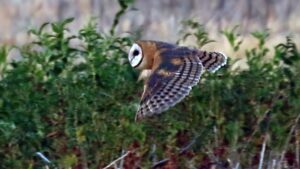
Introduction : The Barn Owl (Tyto Alba) is a Common Year-Round Resident in the valley and is a bit smaller than the Great Horned Owl. It is the most widely distributed species of owl in the world and one of the most cosmopolitan (widespread) of all species of birds.
Appearance: Lanky, with a whitish face, chest, and belly, and buffy upperparts, this owl roosts in hidden, quiet places during the day.
Distribution: By night, they hunt on buoyant wingbeats in open fields and meadows. You can find them by listening for their eerie, raspy calls, quite unlike the hoots of other owls. Due to the large number of rodents that they eat, farmers welcome the Barn Owl and often install nest boxes on their properties.
Common Valley Owls by Jim Gain
Cool Fact: The Barn Owl has excellent low-light vision and can easily find prey at night by sight. But its ability to locate prey by sound alone is the best of any animal that has ever been tested. It can catch mice in complete darkness in the lab, or hidden by vegetation or snow out in the real world.
WESTERN SCREECH-OWL
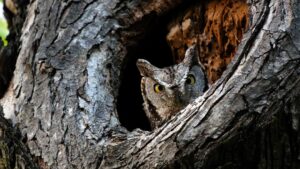
Introduction: The Western Screech-Owl (Megascops kennicottii) is a small owl native to North and Central America and is a Fairly Common Year-Round Resident in the Central Valley. It may be encountered in urban parks with mature trees or in riparian woodlands.
Western Screech-Owls nest in the cavities of large trees and typically lay three to five eggs in late March.
Appearance: The Western Screech-Owl is a pint-sized, cryptically patterned, gray owl with fine streaks of black and white and short ear tufts.
Distribution: Found in a variety of wooded habitats but favors riparian and deciduous areas. Can be found in urban areas and parks. Feeds mostly on small mammals, birds, and insects. Nests in cavities. Listen for its voice at night: a series of short, whistled notes that accelerates at the end.
Jim Gain has graciously permitted us to publish his “Learn 100 Valley Birds” series. See more of Jim’s spectacular images and instructive writing here. ed

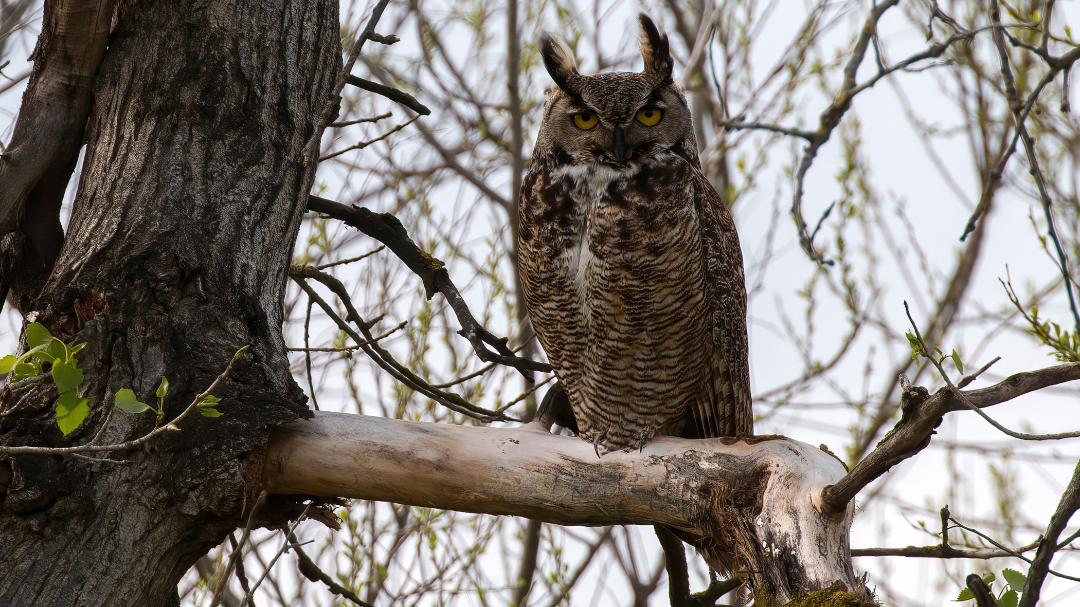
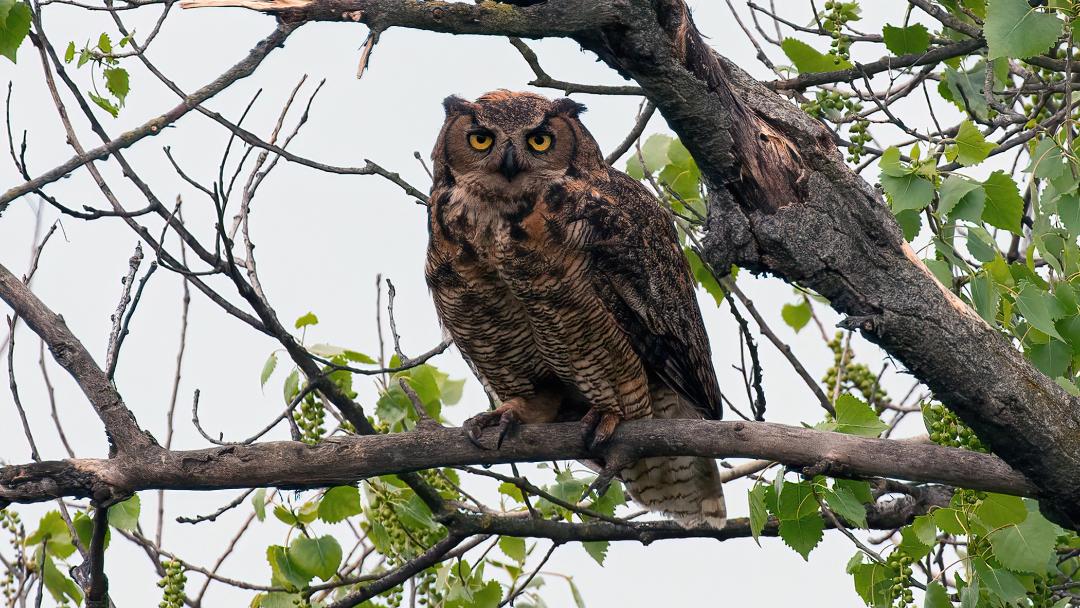
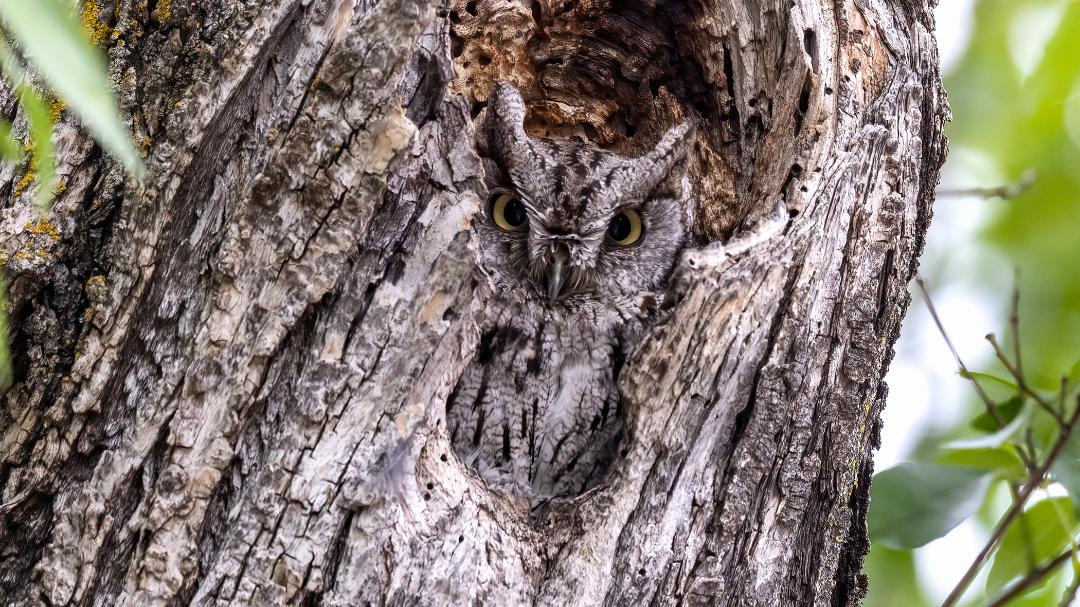
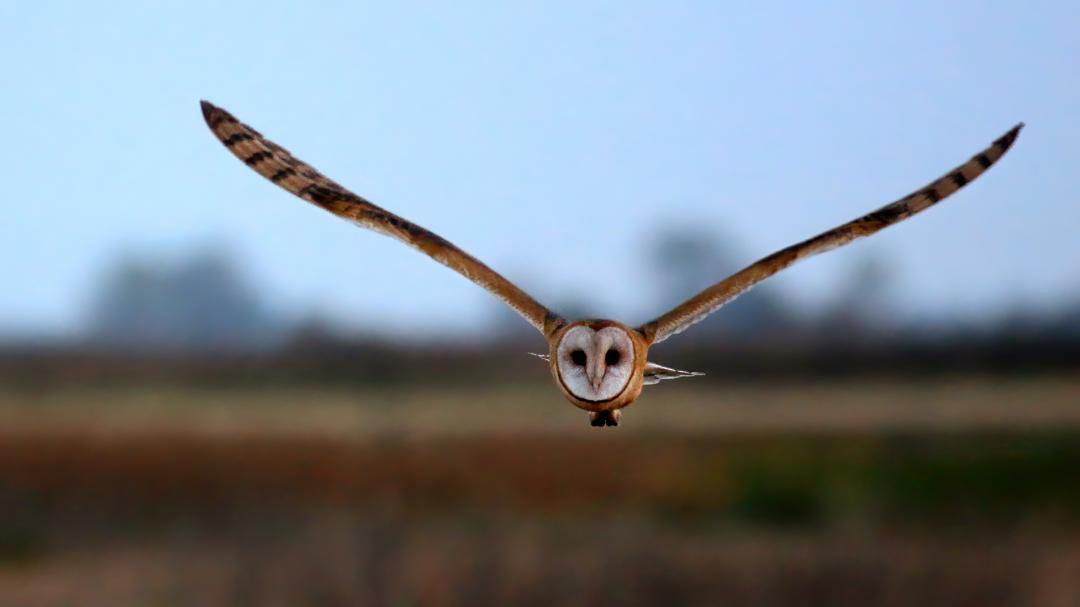
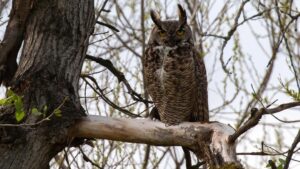
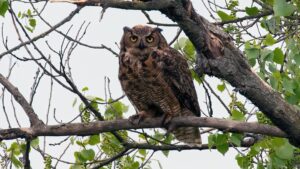
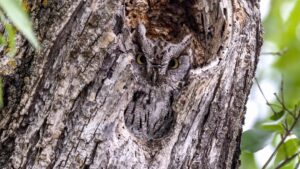
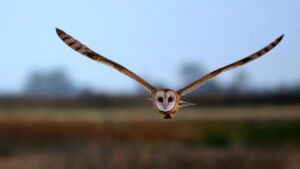
Thanks for this wonderful article, and photos!!
Thanks for sharing. Jim Gain, we are so grateful for the many pictures and information about birds in our area and beyond.
Eric, this is a great opportunity to encourage people to stop and smell the roses, or look and listen for the birdlife that sourrounds us. Valley Citizen articles are much appreciated. Thank you!
Thank you JO. We are both enthralled by Jim Gain’s great work. I’m very honored to be able to post it here. Bravo to Jim Gain!
Jim:
These impressive photos and your text add so much to Eric’s already impressive contributions to readers’ awareness of our local fauna (including H. sapiens)
Thank you very much, and I will buy your book that I sure hope you are planning!